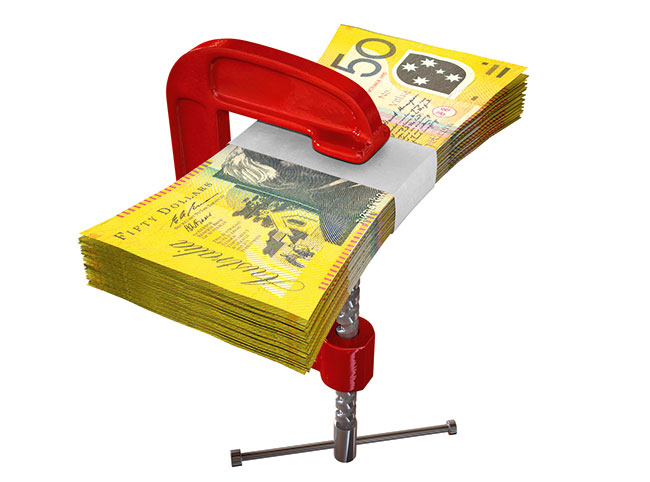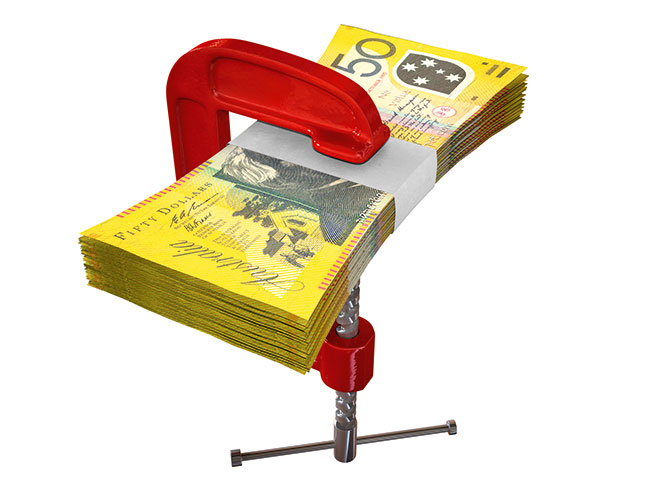The heavy price of cost shifting to councils in New South Wales is again in the spotlight after the latest survey by peak body Local Government NSW (LGNSW) revealed that ratepayers were slugged with a total bill of $521 million in the 2011/12 financial year.
The alarming size of the fiscal hospital pass was revealed in a new report titled The Impact of Cost Shifting on NSW Local Government: A Survey of Councils by LGNSW, which catalogues how councils have been shouldering the burden of cost-shifting by federal and state governments.
Of the 152 councils in the state, 80 completed the survey and 73 were included in the final sample in preparation for the report, which included metropolitan, regional and rural councils.
The report found total local government revenue in the 2011/12 financial year was $9.2 billion, of which $521 million was spent on services, concessions, assets and regulatory services that were offloaded onto ratepayers by the NSW and Commonwealth governments.
The total amounts in cost-shifting have increased sharply since the survey’s inception in the 2005/06 financial year, which revealed a total of $380 million, which has led to an increase of $141 million in six years.
Cost-shifting is a big financial problem for cash-strapped councils that say they are struggling to deliver services and infrastructure to their communities and LGNSW president Keith Rhoades demanded an end to what he calls a “financially irresponsible practice”.
Mr Rhoades said councils were “not a dumping ground” for services that the NSW and Australian governments held responsibility for.
“As history shows, we’ve had successive state governments who are happy to hog-tie councils’ ability to increase their rates to realistic levels through an unrealistic rate-cap, while foisting more and more responsibilities upon our sector,” Mr Rhoades said.
He cited the NSW government’s Treasury Corporation (TCorp) report that found many councils to be financially unsustainable, which he said “validates” the need to stop the practice of cost shifting on to local government.
Mr Rhoades also slammed NSW government because of its attitude that councils are “best placed to provide many of these cost-shifted services”.
“But more often than not the responsibility for providing and / or funding these services lies with the NSW government,” Mr Rhoades said.
According to Mr Rhoades, this includes managing contaminated land and flood controls, controlling noxious weeds and enforcing the Companion Animals Act.
“Quite simply, councils do not have the means to keep taking on new jobs without being provided with adequate financial resources.”
Although he praised the Local Government Infrastructure Renewal Fund worth $100 million over five years to be “a step in the right direction”, he said it’s “completely inadequate” in light of the annual cost shifting of $520 million.
An infrastructure backlog placed at $7.4 billion by the Department of Premier and Cabinet also presents a problem for councils, according to Mr Rhoades.
He said funding for public libraries needs increasing and councils should be reimbursed by the state government for mandatory pensioner rate rebates.
“Once and for all, the NSW Government should look at introducing a broad-base property levy for emergency services instead of slugging councils with 11 per cent of their bill,” Mr Rhoades said.






Leave a Reply